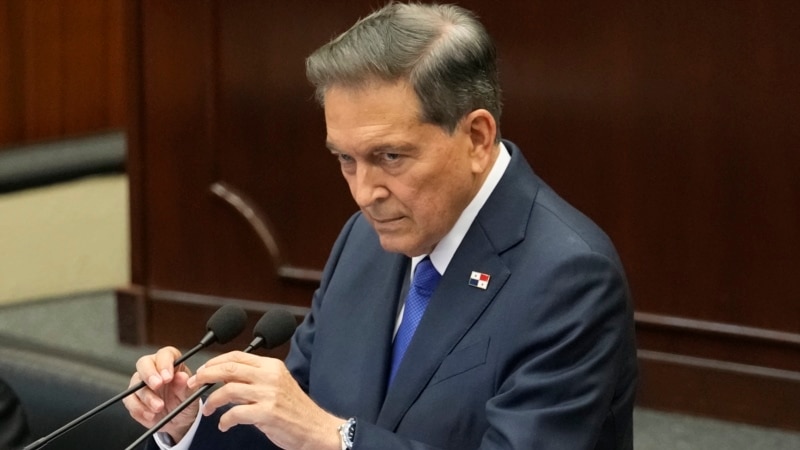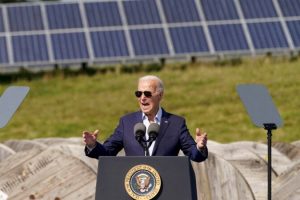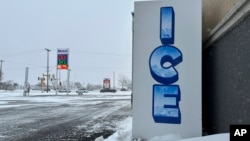Panama announced the protection of 54% of its seas during the inauguration of the world conference Our Ocean that started on Thursday in the Panamanian capital with a call to countries to commit to concrete actions to protect the oceans. Among the growing threats is pollution and uncontrolled fishing that endangers marine biodiversity and the food resources of a large part of the planet.
The Panamanian president, Laurentino Cortizo, signed an executive decree that almost doubles the marine protected area of this Central American country, with coasts on the Pacific and the Caribbean, increasing the reserve to 54% of all its territorial waters. This is the area of Banco Volcán in the Panamanian Caribbean that is added to the protected area of Isla Coiba in the Pacific and which by itself already included 30% under protection.
The two-day meeting brings together government leaders, private companies and conservationists to discuss commitments to protect the oceans.
Former Presidential Candidate John F. Kerry, US Presidential Special Envoy for Climate, stressed that “we are running out of time” for countries to act in the face of the seriousness of environmental crises, in a panel on policies between different actors to strengthen partnerships aimed at achieving ocean sustainability.
Kerry recalled how plastic pollution in the oceans ends up affecting people’s health. And he drew attention to the impact on water from non-renewable fuels. “We have to accelerate the transition to a clean energy future, we have to bring those practices that will make the changes,” she said during his panel participation.
Shortly before, President Cortizo called for the shared commitments to come true, to set clear purposes and effective strategies and that it be not only in the political aspect, but also in actions and financial support.
As a sign of commitment, Cortizo signed the executive decree that creates the Banco Volcán protected area, thus increasing its area to 93,390 kilometers, which is equivalent to 54.33% of its exclusive economic zone on both sides of the isthmus.
With this decision, a cushioning effect of climate change and protection of Panama’s deep-water marine-mountainous environments and fauna from human interventions is expected. This includes several species of fish and invertebrates of high commercial value, such as the spiny lobster, explained the Smithsonian Institute for Tropical Research, in Panama, in a statement.
In addition, it could maintain the connectivity of the migratory routes of oceanic and marine-coastal species in the area that extends along the Caribbean coasts of Jamaica, Colombia, Honduras, Nicaragua, Costa Rica, and Panama.
According to marine biologist Héctor Guzmán, from the Smithsonian Institution, the Central American country is not only guaranteeing the conservation of its marine biodiversity and the livelihood of the people who depend on these ecosystems in the future, but it is also positioning itself to lead a much more ambitious regional effort. .
Connect with the Voice of America! Subscribe to our channel Youtube and activate notifications, or follow us on social networks: Facebook, Twitter and Instagram.


![[Img #74664]](https://thelatestnews.world/wp-content/uploads/2024/12/James-Watson-The-controversial-genius-behind-the-double-helix-150x150.jpg)










